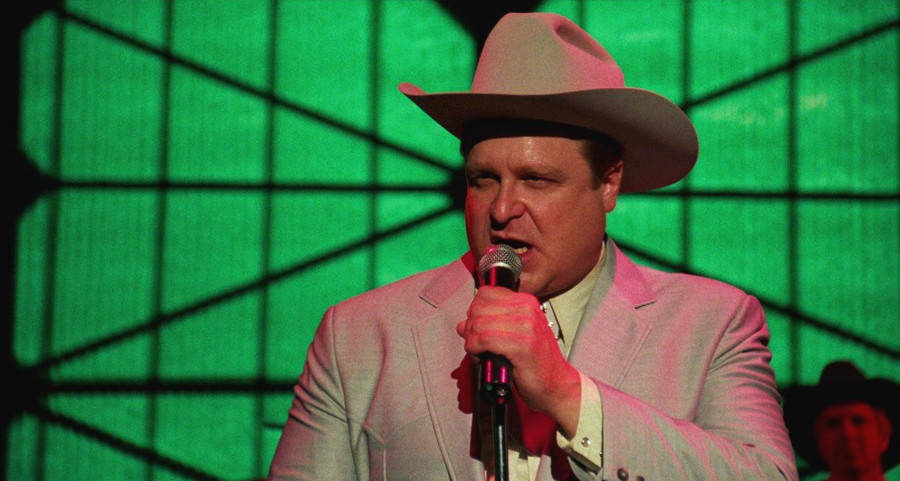
When it comes to 1980s cinema, it wasn’t a period that lacked in motion pictures. Though it certainly is not up to par with the bustling 1960s or the groundbreaking 1990s, there were a number of fine pictures made in the period, encompassing almost all genres.
The bizarre works were never quite the cup of tea of the mainstream, so you’re not likely to cross upon a number of weird titles while searching the “best-of” lists of the 1980s. There were, however, a few films here and there that achieved what could be labeled a cult-classic status in their time and place, but faded into obscurity later on.
Here are a few of the forgotten ones, from the cold steppes of Siberia to the hot and humid streets of Hollywood:
10. A Zed & Two Noughts (1985) – dir. Peter Greenaway
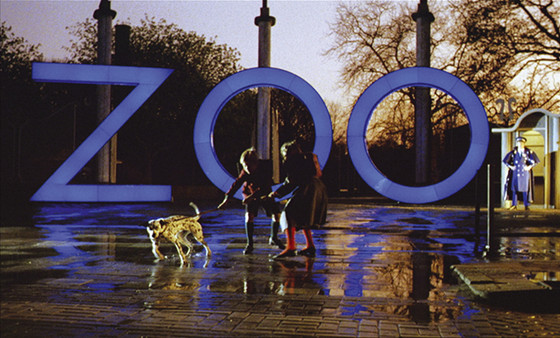
Starring the Deacon brothers (Brian and Eric) as twins dealing with personal losses, A Zed & Two Noughts is a pretty twisted picture, even when taking into account Peter Greenaway’s other works.
It is marked, as is usually the case with Greenaway, by great cinematography that is nothing short of beautiful and a bizarre plot that touches upon numerous themes in a way that will leave you speechless.
The film opened in the fall of 1985 to generally favorable reviews and was considered the strongest feature film of Greenaway so far by a noteworthy number of prominent critics. It had its share of detractors, though, who called it, among other things, vile, humorless and boring.
9. City of Women (1980) – dir. Federico Felini
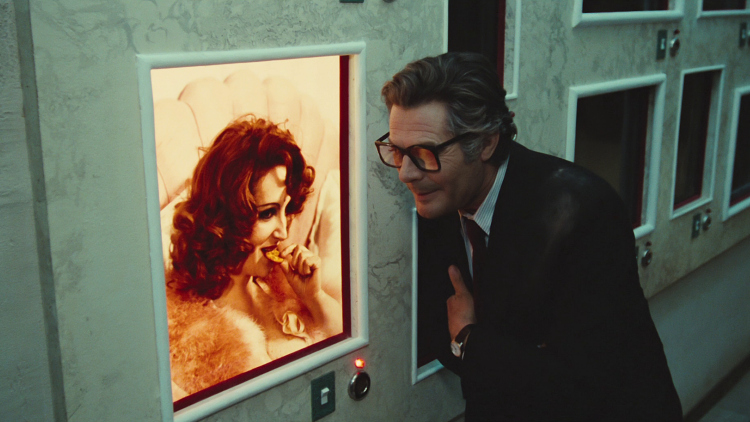
By the year of 1980, Federico Felini held an insanely high status among the lovers of cinema, in Italy and worldwide, and was almost an untouchable figure. That’s why the fact that his City of Women was met with relatively lukewarm reviews for a person of Felini’s importance comes as a surprise. It was described in a language that obviously implicated the fear of critizing a legend in domestic newspapers.
The reception was even harsher abroad. At the Cannes Film Festival, the film was ripped to shreds by French journalists (critics and non-critics alike), as well as by Felini’s fellow filmmakers to a degree previously not seen in his career. It was a bit better received in the United States, but it failed to generate the expected revenue.
The fate of this motion picture happened to be truly unfortunate, as it quickly cemented its status of a terrible mishap in the life work of a master, without ever getting a second chance.
Looking back now, this charming, borderline surreal entry, starring the legendary Marcello Mastroianni as Snaporaz on his way of self-discovery and coming to terms with the women in his life, is a solid effort at the end of the director’s period of fame and fortune.
Today, it is generally held in better regard than it was at the time it hit the theatres, but there is still a pretty long way to go before La citta delle donne gets the praise it deserves.
8. Street of Crocodiles (1986) – dir. Stephen & Timothy Quay
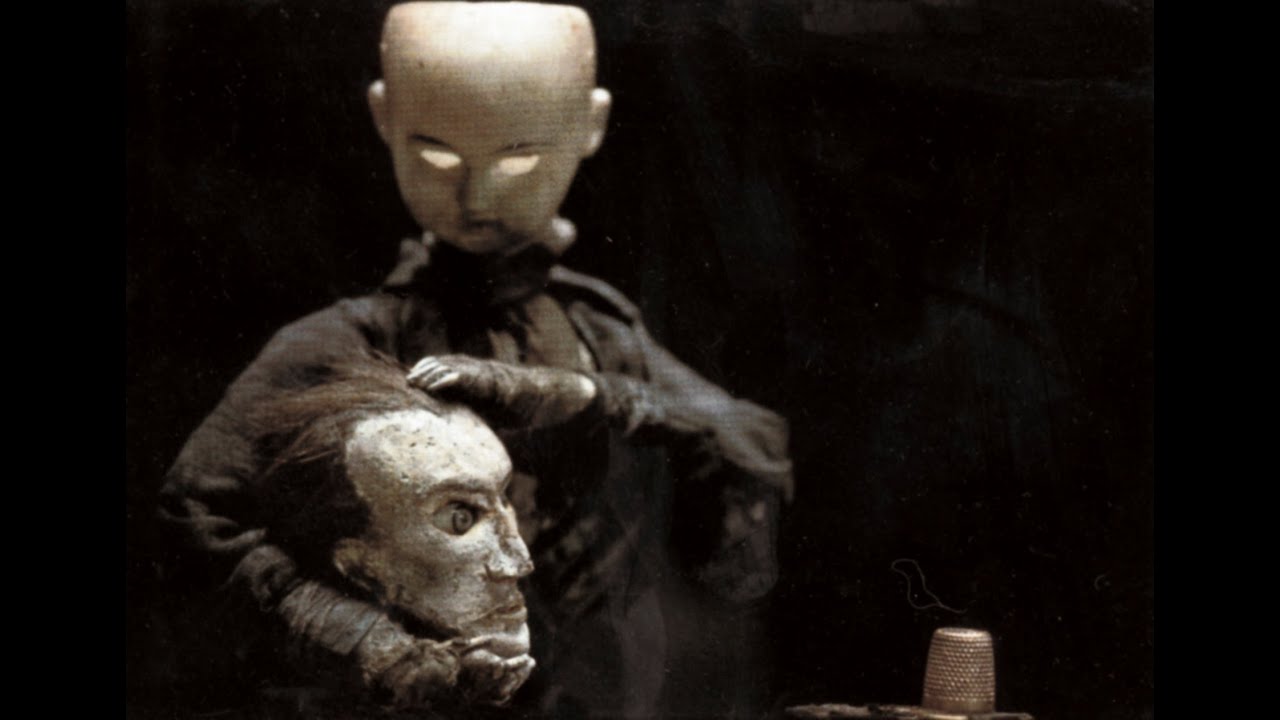
The name of the Quay Brothers is a widely celebrated one in the world of stop-motion animation: their body of work began in the 1970s, and lasts to this day. Though they made two feature films, most of their films are in the 10-20 minute ballpark. Such is the case with our pick for this list, Street of Crocodiles.
Based on an autobiographical short story by Bruno Schultz, one of the greatest Polish writers of the past century, the film takes its source material and builds up a completely new narrative of its own around it. A narrative that is as bold and twisted as the Quays usually are.
Considering it wasn’t a commercial picture in the first place, Street of Crocodiles didn’t have a theatrical opening per se, so it never got the chance to be enjoyed by the masses and to get reviewed by the mainstream film reviewers. Its release was mostly limited to niche film festivals and so it remained obscure to this day.
Obscurity among the commonfolk, however, doesn’t denote obscurity among the legends of cinema, and this one was cited as an influence by numerous filmmakers throughout the years, especially those who dabbled in surrealism, clay motion and stop motion animaton. Among others, Street of Crocodiles in particular and Quay brothers in general were highly praised by Jan Svankmajer, Christopher Nolan, Terry Gilliam…
7. Parents (1989) – dir. Bob Balaban
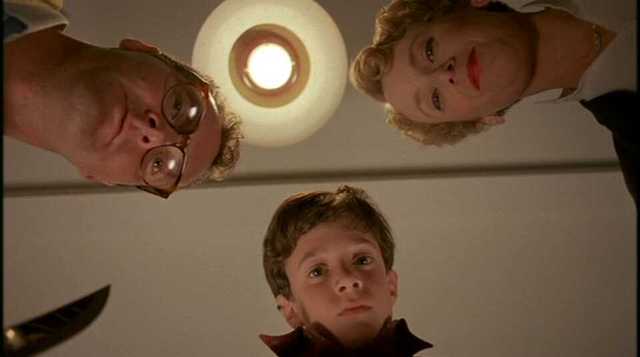
For a film about a boy seeking to expose his cannibalistic maniac parents, Parents is unbelievably funny. On his way to find out the truth, little Michael will encounter many hillarious obstacles, and come to a handful of clues that will make him doubt his original claims.
The casting was absolutely phenomenal: our pre-teen hero is perfectly embodied by Bryan Madorsky, in what unfortunately proved to be the only well-known role of his short career. Moving on to the adult members of the acting ensemble, we encounter some pretty well-known names: Randy Quaid as the patriarch of the Family, Nick Laemle, Mary Beth Hurt as his significant other, Lily, and Sandy Dennis as Michael’s school guidance counselor by the name of Millie Dew.
Set in the charming 1950s, this one proved to be quite an impressive film, especially when taking in mind the fact that it was Bob Balaban’s (who is generally more comfortable with being an actor) directing debut.
6. Liquid Sky (1982) – dir. Slava Tsukerman

Liquid Sky is, more or less, the only noteworthy achievement in the career of Vladislav “Slava” Tsukerman. This man lived an extraodinary life, starting out in the Soviet Union, migrating to Israel, and finally settling for New York where set out to make a hit.
It is now considered a cult sci-fi low budget experience, in a vein similar to the somewhat superior Kin-dza-dza (we’ll get to that one a bit later), yet still not the first thought that will cross your mind when someone mentions 1980s, science fiction, or low-budget.
While it also attempts to come across as a fancy social critique, that’s not what it succeeds most at. As a matter of fact, Liquid Sky’s preachiness is one of its less appealing aspects. The wonderful confusion the film induces in the viewer, as well as the beautiful pallete of colors, are what makes the viewer glued to the seat, wondering what the hell did they just watch.